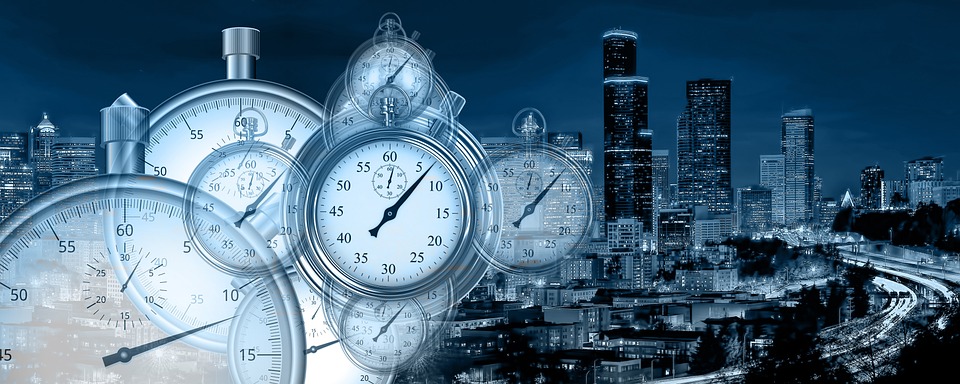Who Benefits At The End Of A Rate Hiking Cycle?

Image Source: Pixabay
When inflation spiked last year, companies responded by raising their prices. As price pressures started to ease, companies opted to prioritize pricing over volume. It was a fairly broad-based trend.
The move made perfect sense, says Samuel Rines, as pricing helped maintain margins. It’s a strategy he has dubbed “price and margin” (PAM). The environment was right for price increases and consumers seemed willing to accept them. And as input costs retreated and prices stayed steady, the money fell to the bottom line. This could be a powerful factor for the markets, and one of the things that kept him bullish in the face of widespread bearishness early this year.
He also sees several things simmering beneath the surface that suggest the economy may not be as weak as many believe. For example, one question to ask is, who benefits as the “fast Fed” transitions into the “slow Fed” with its interest rate hiking regime? The manufacturing sector has proven to be one answer.
All that and more are covered in this week’s conversation with Sam where we discuss:
- The power of price-over-volume (POV) and price-and-margin (PAM) strategies.
- POV and PAM are evolving into growth models that will frustrate the Fed.
- Why the expected economic impact of interest rate hikes has yet to happen.
- Who benefits at the end of a rate hiking cycle?
- What’s ahead for the services and manufacturing sectors will surprise many.
- The outlook for energy and commercial real estate.
- Thematic thinking and the model portfolio.
- The significance of inventory in a post-COVID world.
Video Length: 00:25:49
More By This Author:
Housing Hiccups
Flip Side Of The Inflation Coin
ESG: Trillions Squandered And Zero Progress



